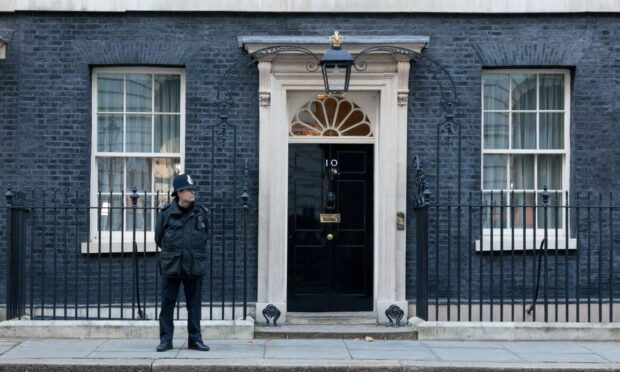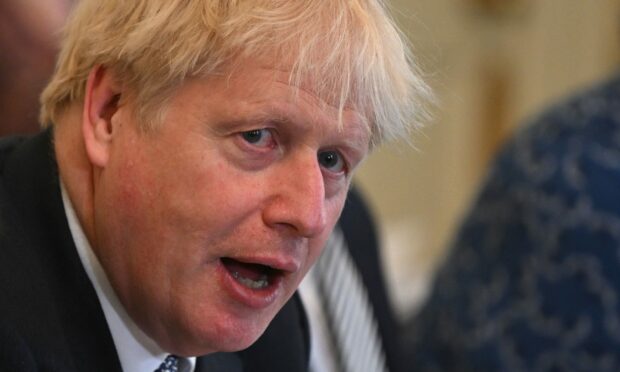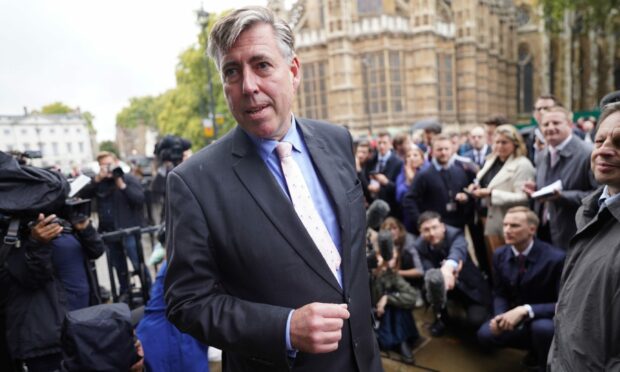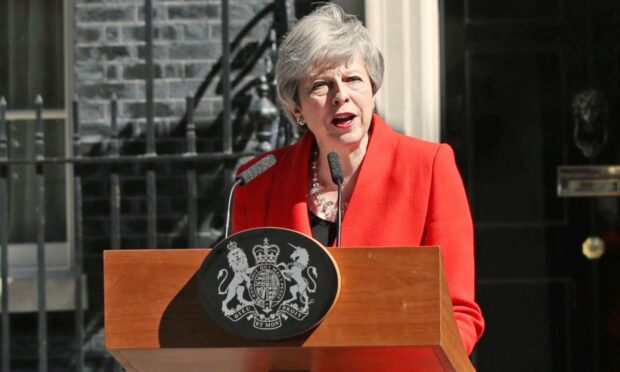Prime Minister Liz Truss is leaving office and the Tories are now scrambling to find their third leader in two months.
Speculation is swirling over who will take the top job while pressure grows for a general election.
Contenders to replace the outgoing prime minister are racing to secure the required support of 100 MPs to stand in the contest.
Former Chancellor Rishi Sunak is expected to stand again and leader of the House of Commons Penny Mordaunt has declared she will run.
Speculation is also mounting that former Prime Minister Boris Johnson could put himself forward, just weeks after leaving No10.
The party has confirmed a leadership election will be completed in a week’s time – meaning the new prime minister will be known by October 28 at the latest.
We take a look at what happens next:
How will candidates be selected?
Leadership candidates will require a minimum of 100 colleagues nominating them to proceed to the ballot.
Sir Graham Brady, chairman of the 1922 committee of backbench MPs, confirmed the “high threshold” on Thursday.
He said this “should be achievable by any serious candidate who has a prospect of going through”.
This means a maximum of three candidates on the ballot paper for MPs to vote on because there are 357 Tory MPs.
A total of eight candidates stood in the summer leadership race, when each candidate had to secure at least 20 nominations each to take part.
When does voting begin?
The first voting round will be held between 3.30pm and 5.30pm on Monday, with the result announced at 6pm.
If there are three names in the running, the candidate with the fewest number of votes after the first ballot will be eliminated.
An “indicative” vote between the final two candidates will follow between 6.30pm and 8.30pm on Monday.
The result of this will be announced at 9pm.
The idea behind this is the loser of the “indicative” vote may choose to drop out of the race, which means Tory members will not have to get involved.
After David Cameron resigned in 2016, Theresa May was left unopposed after Andrea Leadsom withdrew from the race.
What if neither drops out?
If neither candidate chooses to drop out of the race, Tory members across the country who joined the party at least three months ago will get to have their say.
Tory party chairman Jake Berry said: “We have decided that if the party should decide to put forward to candidates there would be an expedited, binding, online vote of Conservative Party members to choose its next leader.”
The ballot will close at 11am on Friday, October 28, with the result announced later that day.
Who could run to succeed Ms Truss?
Penny Mordaunt became the first candidate to throw her hat into the ring in the race to succeed Ms Truss.
The leader of the House – who finished third in the last leadership election – said she had been encouraged by the support she had received from fellow Conservative MPs.
Mr Sunak, who ran to replace Mr Johnson earlier this summer, is also expected to stand.
Andrew Bowie, MP for West Aberdeenshire and Kincardine, has thrown his support behind the former chancellor.
There is only one person that can unite this party, get the economy on a firm footing. Only one with the plan to move us forward. And that is the same person I believed in over the Summer. It has to be Rishi.
— Andrew Bowie MP (@AndrewBowie_MP) October 20, 2022
There is also speculation Mr Johnson could secure the 100 nominations he needs from Conservative MPs.
Jacob Rees-Mogg became the first cabinet minister to publicly declare his backing for the former prime minister.
Levelling Up Secretary Simon Clarke is also supporting the ex-Tory leader.
Earlier Defence Secretary Ben Wallace ruled himself out as a candidate, indicating that he was “leaning towards” Mr Johnson.
Kemi Badenoch and Suella Braverman have also been floated as possible contenders.
Chancellor Jeremy Hunt, Defence Secretary Ben Wallace and backbench MP Michael Gove, who grew up in Aberdeen, have ruled themselves out.



